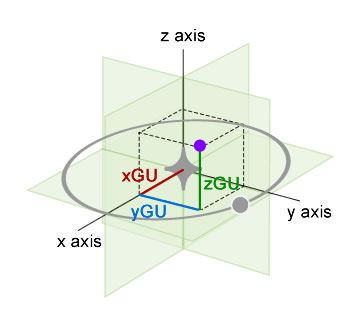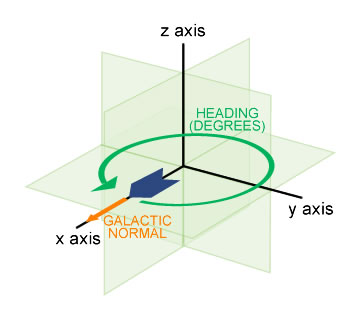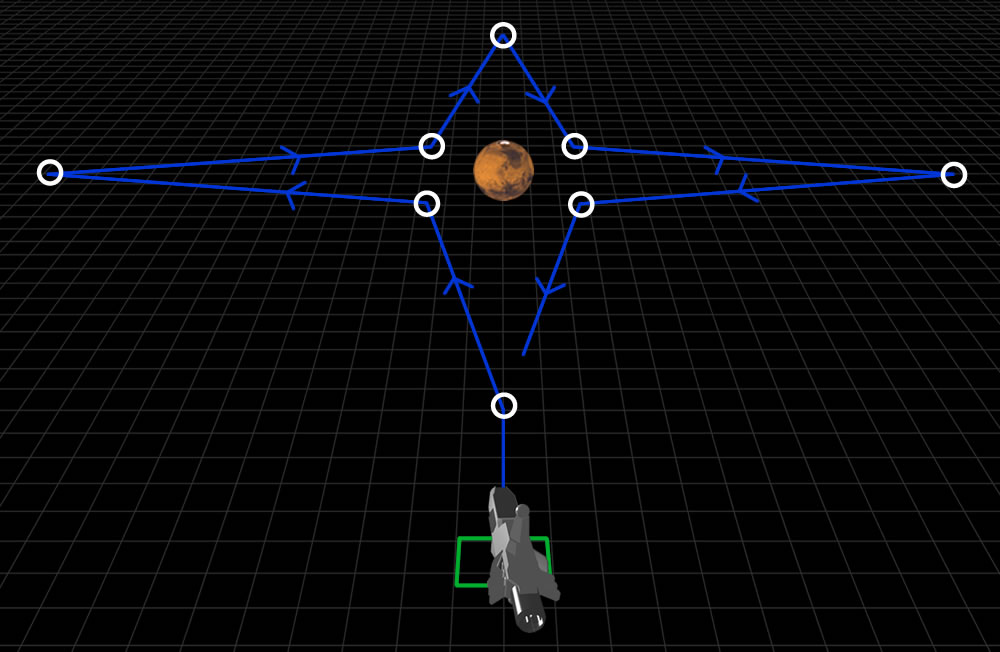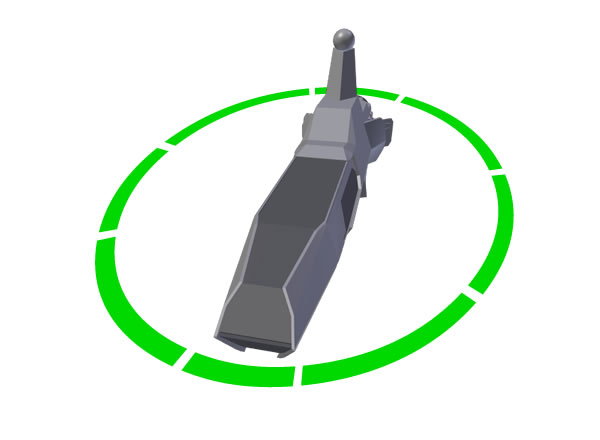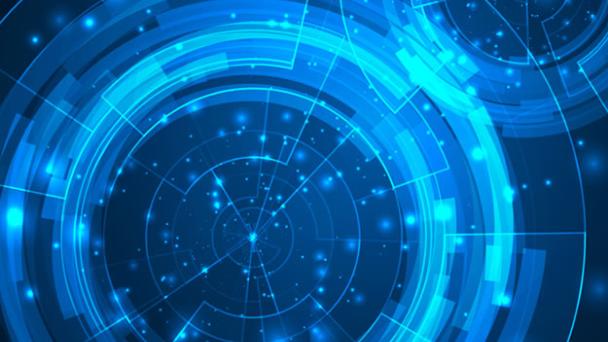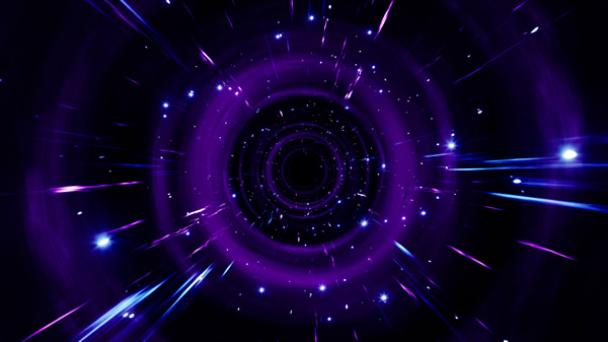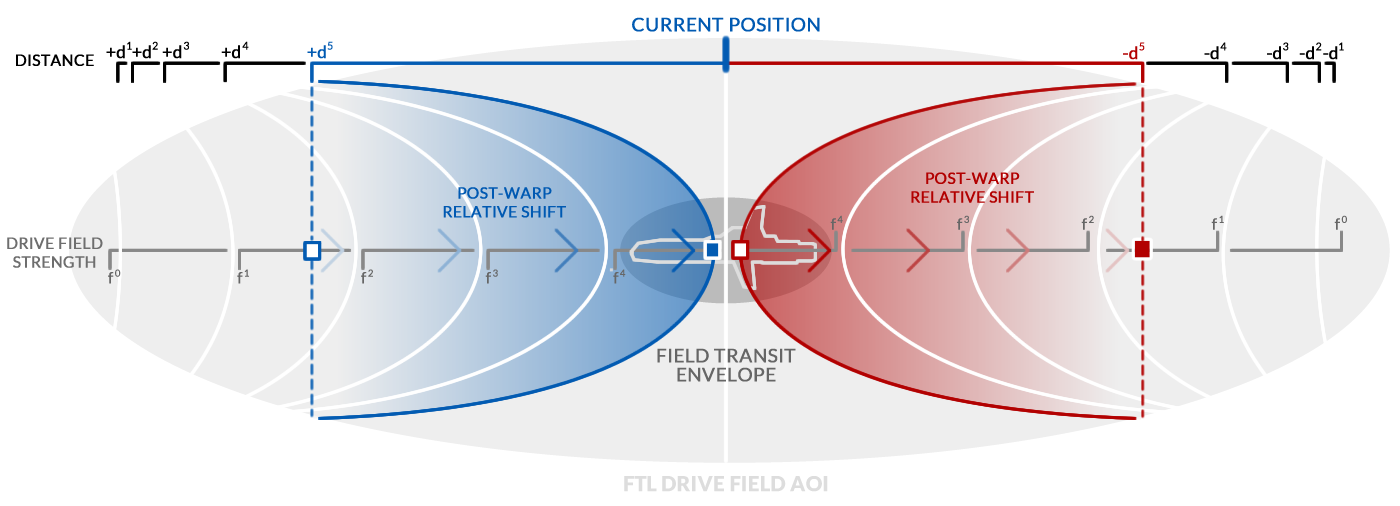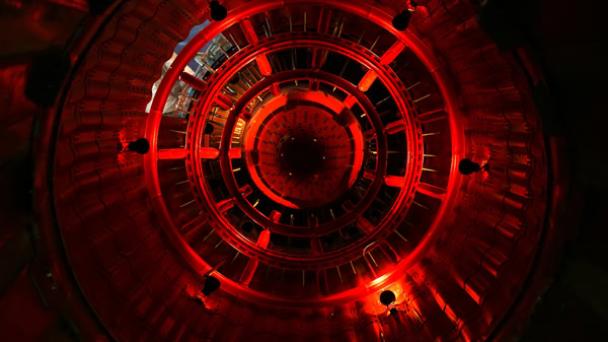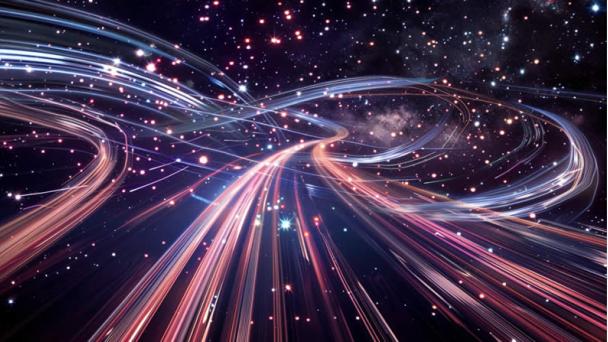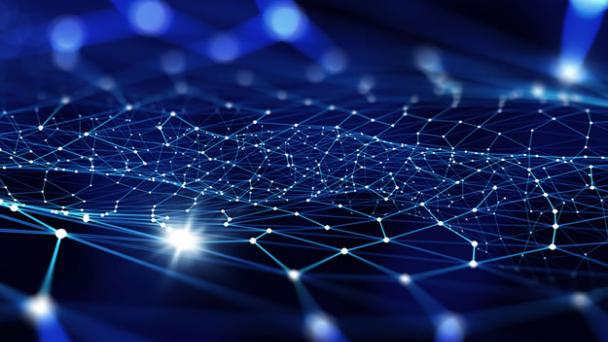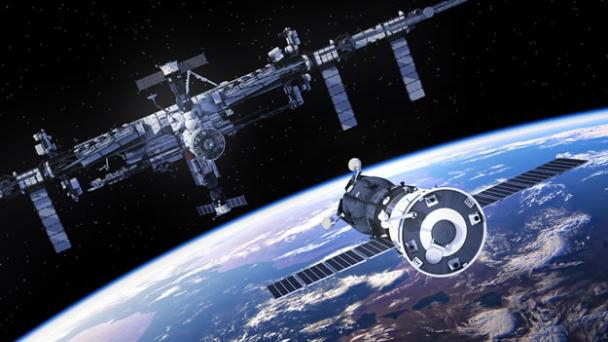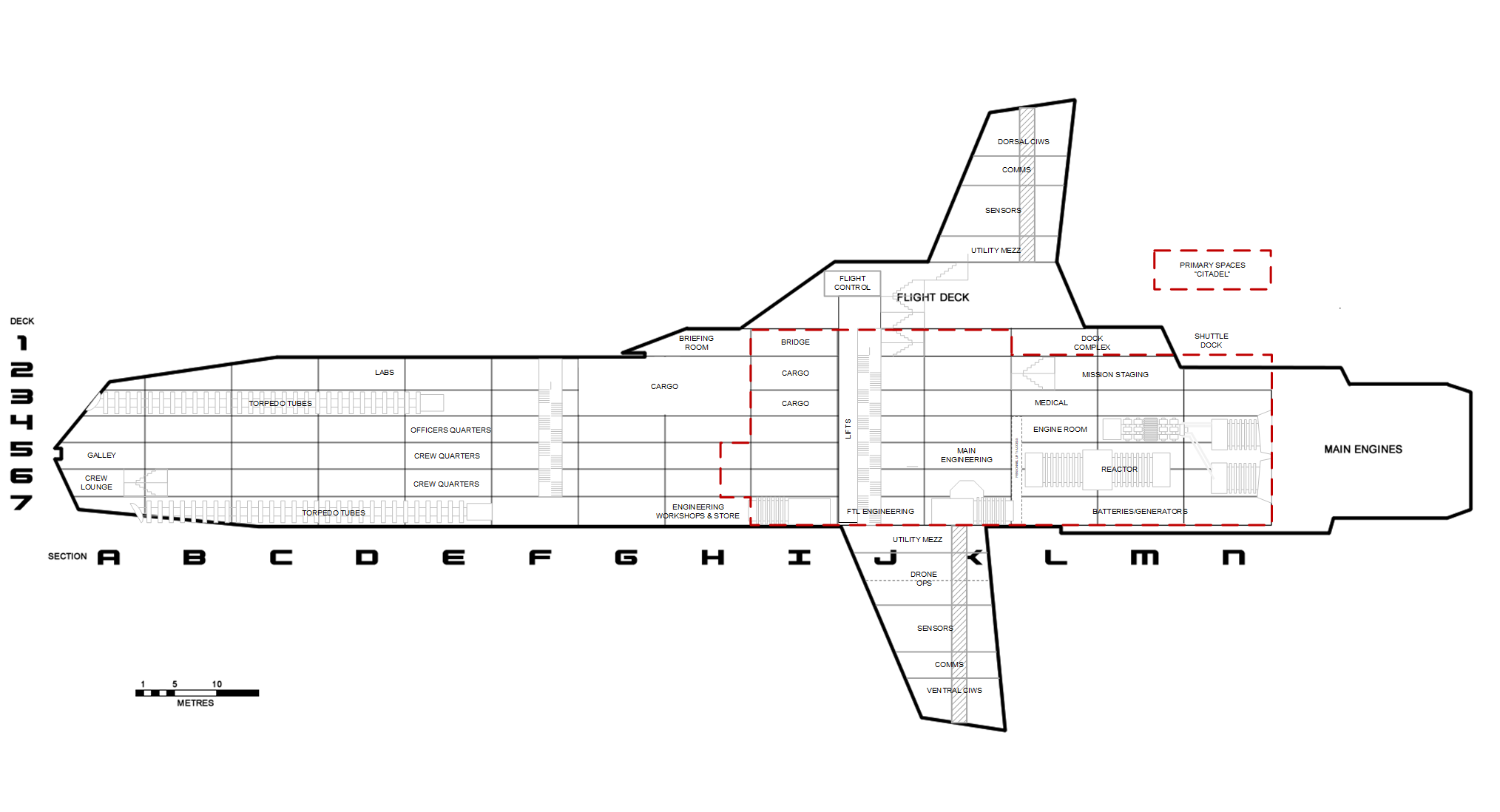M-Squared Media Pty Ltd (the ISDC) provides these online services (ISDC Network Services) on the following terms.
By continuing the access the ISDC Network Services you agree to be bound by the terms outlined below and any additional terms (Standing Orders) outlined in the specific service you access. If you do not agree with any of the terms, as updated or amended, do not continue to use these services.
Contribution of Content
You are responsible for all content you contribute to any ISDC Network Services, including text, photos, videos, audio and links (Your Content).
By contributing content to any ISDC Network Service, you grant the ISDC a royalty-free, non-exclusive, perpetual license to use Your Content within the service that it was submitted to and any associated promotional activity across ISDC Network Services or associated third-party social media services.
You confirm you own or have the right to use any copyright material included in Your Content (including music, photos, quotes and excerpts of audio or video), that you have permission of anyone appearing or performing in Your Content and that you are not infringing any person's rights by submitting the content to the ISDC. You also confirm you have, where appropriate, sought the consent of the parent or guardian of any person under the age of 18 who is featured in Your Content.
Please ensure you keep your own copies of Your Content as the ISDC may not archive, store or back-up Your Content nor continue to make Your Content accessible online.
The ISDC will endeavour to provide you with appropriate credit when using your content, though you understand and agree that this may not always be possible.
User Accounts
You may be required to apply for an account (ISDC Account) in order to be able to access and/or contribute to certain ISDC Network Services. The acceptance of an application for an ISDC Account and the creation of an ISDC Account (Your Account) is solely at the discretion of the ISDC.
Any identifying or contact details required (except for your screen name) will only be used in accordance with the ISDC’s Privacy Policy.
Only one account per person is permitted unless prior written permission is granted by the ISDC.
ISDC Accounts may be permitted access to different ISDC Network Services and/or ISDC Content (Level of Access) at the discretion of the ISDC.
ISDC Accounts may be assigned a certain Level of Access in exchange for payment (Paid Access). Which ISDC Network Services and/or ISDC Content can be accessed and the amount and terms of the payment will be specified in an agreement at the time of purchase (Terms of Service).
You may terminate Your Account at any time. However, Your Content may continue to be available online after termination. Any status, loyalty or reward points or credits you have accumulated will be lost on termination. If Your Account includes Paid Access, it will continue to operate until the end of the period specified in the Terms of Service unless you request an immediate termination.
If you breach these Terms of Use the ISDC may at its discretion block or cancel Your Account immediately, including accounts with Paid Access.
Online Communities
While encouraging rigorous debate and the sharing of diverse opinions, the ISDC expects community members to treat each other with respect and courtesy. These standards apply to interaction within all ISDC Network Services including official ISDC accounts established on third-party social media sites.
You understand and agree the ISDC has ultimate editorial control over all of its online services. The ISDC may edit, remove or exercise its discretion not to publish your contribution for legal, editorial or operational reasons including if the ISDC considers it to be:
- defamatory, or otherwise unlawful or that it violates laws regarding harassment, discrimination, racial vilification, privacy or contempt;
- intentionally false or misleading;
- an infringement of intellectual property rights including copyright;
- abusive, offensive or obscene;
- inappropriate, off topic, repetitive or vexatious. For example the ISDC reserves the right to reject contributions that have been widely canvassed in the forum. It also reserves the right to reject contributions from participants who seek to dominate the discussion;
- compromising the privacy of any person or containing inappropriate personal information;
- seeking to endorse commercial products or services;
- seeking to directly solicit donations;
- deliberate provocation of other community members; or
- impersonating someone else and/or posting on behalf of a suspended member.
If you breach these Terms of Use, the ISDC may block your account or contributions.
When accessing or participating in an ISDC-managed space on a third party platform, such as channels, pages or feeds hosted on an external site, you agree to comply with the terms and conditions specified by that third party platform.
The ISDC recommends you make sure you understand the privacy settings for each platform with which you engage and choose appropriate options to protect your personal details and content shared.
Use of ISDC Content
All intellectual property rights in the content, software and systems owned by or licensed to the ISDC on any ISDC Network Service, including logos, images, names, designs, trademarks and copyright (ISDC Content) are reserved to the ISDC and its licensors.
Such content is provided for your personal, non-commercial use only. Unless specifically noted in the Standing Orders for a particular service, you may not otherwise reproduce, republish, modify, adapt, translate, prepare derivative works from, reverse engineer or disassemble ISDC Content, without obtaining the ISDC’s prior written permission.
You agree not to remove, obscure, or alter any copyright notice or trademark on any content you access and use.
The ISDC may restrict some ISDC Content to ISDC Account holders with an approved Level of Access. This restricted content is confidential to the ISDC. You may only access this content if Your Account has the required Level of Access. This content is not to be reproduced or made available in any form to anyone who is not an ISDC Account holder with the required Level of Access without the prior written permission of the ISDC.
The ISDC Environment
The ISDC has developed a simulated environment that is intended to provide an immersive interactive experience that is realistic and dramatically compelling (the ISDC Environment). Your participation in ISDC Network Services may be within the context of the ISDC Environment, including playing a fictional character, interacting with other fictional characters, interacting with simulated systems and participating in interactive dramatic plots.
The ISDC Environment incorporates dramatic and editorial devices intended to preserve the realism and dramatic impact of the simulation, including (but not limited to):
- fictional organisational structures, systems and procedures;
- fictional scientific principles, procedures and techniques;
- fictional technical principles, procedures and techniques;
- fictional characters; and
- fictional representation of historical events and historical figures
The following Terms of Use are specific to interacting with ISDC Network Services in the context of the ISDC Environment.
Personas
If you chose to participate you will need to create a fictional persona that represents you within the ISDC Environment (Your Persona).
Your Persona will include a name, a visual representation (Your Avatar) and various fictional biographical and descriptive details. The details you choose to add to Your Persona are considered Your Content and are subject to the same Terms of Use.
You may choose to use your own name for Your Persona or you may make up another name. If you choose another name, it must not impersonate anyone or otherwise be similar to another person’s name and must not infringe someone else’s intellectual property (for example by being similar to a character in a work of fiction).
Your Avatar does not have to be an image of you but you may choose to include an image or artistic representation of yourself. Your Avatar cannot infringe another’s copyright.
You understand and agree that the ISDC retains full editorial control over all of its online services including Personas. The ISDC may at its discretion edit, block or remove a Persona for legal, editorial or operational reasons including if the ISDC considers it to be:
- defamatory, or otherwise unlawful or that it violates laws regarding harassment, discrimination, racial vilification, privacy or contempt;
- an infringement of intellectual property rights including copyright;
- abusive, offensive or obscene;
- compromising the privacy of any person or containing inappropriate personal information;
- seeking to endorse commercial products or services;
- deliberate provocation of other community members; or
- impersonating someone else
Only Your Persona will represent you on ISDC Network Services and only the details included in or directly associated with Your Persona will be shared in accordance with the ISDC’s Privacy Policy.
Service Record
Your Persona may be associated with information relevant to your participation with ISDC Network Services (Your Service Record), including:
- training you may undertake or complete
- qualifications you may gain
- status or rank that you may attain
- postings or missions you may be assigned to
Your Service Record will only include information about your activity on ISDC Network Services and will only be presented in the context of Your Persona. You will be able to review your Service Record at any time. Your Service Record may be shared with other participants within the ISDC environment.
The ISDC will take reasonable steps to ensure that the information included in your Service Record accurately reflects your activities within the ISDC.
You understand and agree that the ISDC retains full editorial control over all of its online services including the awarding of qualifications, status or rank, or assignment to postings, missions, etc.
Contributions to the ISDC Environment
The ISDC encourages participants to contribute to the improvement and enhancement of the systems, procedures and techniques within the ISDC Environment for the benefit of all participants.
You agree and understand that the ISDC retains full editorial control over the ISDC Environment and all of its online services and that any contributions are implemented at the discretion of the ISDC.
If you have a suggestion for an improvement to the ISDC Environment you should submit it in writing via ISDC Network Services such as Forums, Groups or Blogs. By submitting your suggestion (Your Submission), you agree to grant the ISDC a royalty-free, exclusive license to the procedures, techniques, systems, dramatic devices or other intellectual property it contains for the purpose of evaluating your suggestion by other participants and the ISDC.
You understand and agree that you are responsible for the content of Your Submission. You confirm you own or have the right to use any intellectual property included in Your Submission and that you are not infringing any person's rights by submitting it to the ISDC.
You understand that the ISDC may already be working on a concept that is materially similar to Your Submission and that agree that if this is the case, Your Submission will not affect the ISDC’s ability to develop and deploy the concept independently.
The ISDC may at its discretion choose to implement part or all of Your Submission. If accepted for implementation, you agree that the license you granted to the ISDC at submission becomes perpetual for the purpose of including the procedures, techniques, systems, dramatic devices or other intellectual property into the ISDC Environment. If the ISDC chooses not to implement Your Submission, the license you granted to the ISDC on submission will lapse.
If Your Submission is accepted, the ISDC agrees to make reasonable efforts to credit you for Your Submission. Precedence for credit will be based on the time and date of submission to ISDC Network Services. The ISDC may also at its discretion provide other acknowledgement of Your Submission including the award of loyalty or reward points, increase in rank (status) or a new posting.
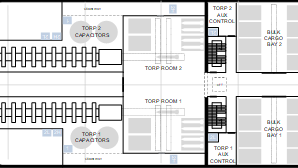 A draft deck guide including deck plans for each of Endeavour's seven decks has been posted for review and discussion. This is just an initial draft - nothing is close to being finalised yet. The layout is a compromise between crew spaces, machinery/equipment spaces, the location of exterior equipment and the ship's survivability.
A draft deck guide including deck plans for each of Endeavour's seven decks has been posted for review and discussion. This is just an initial draft - nothing is close to being finalised yet. The layout is a compromise between crew spaces, machinery/equipment spaces, the location of exterior equipment and the ship's survivability.


